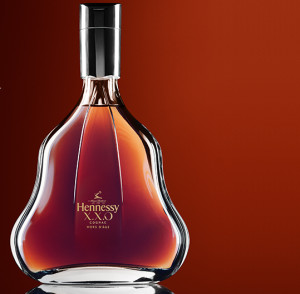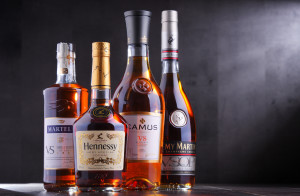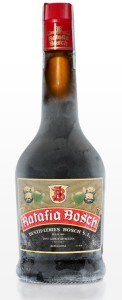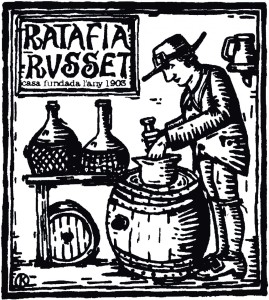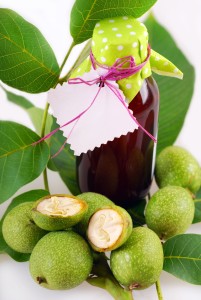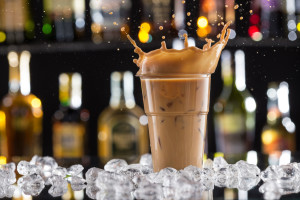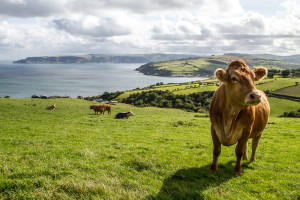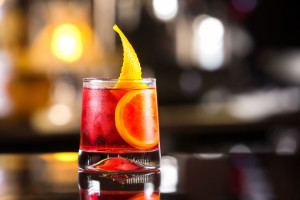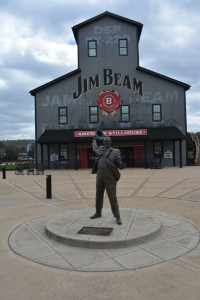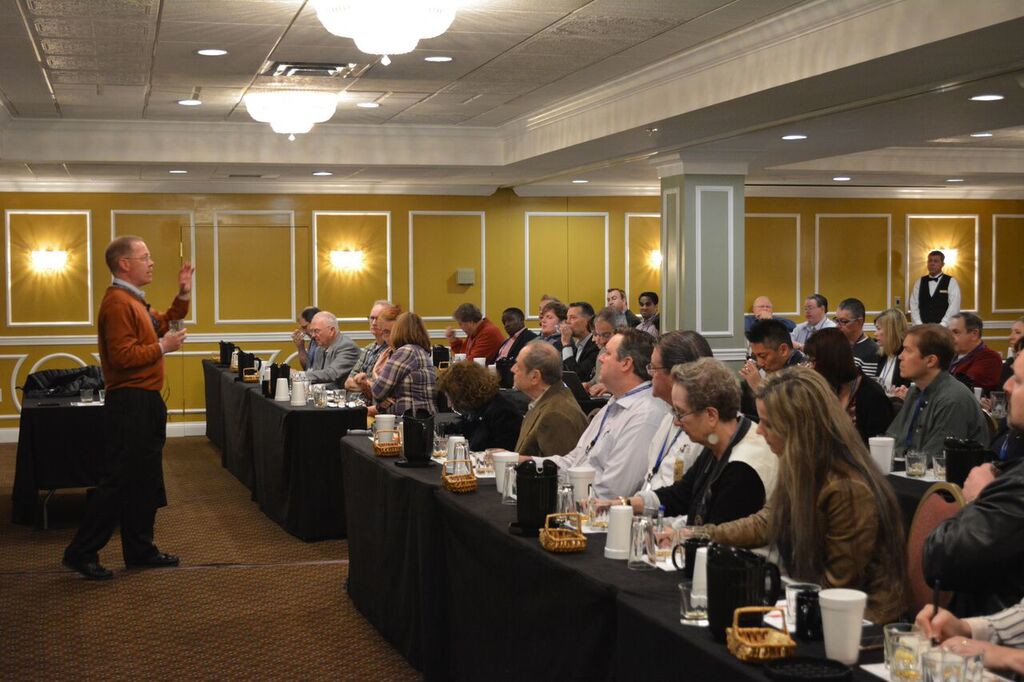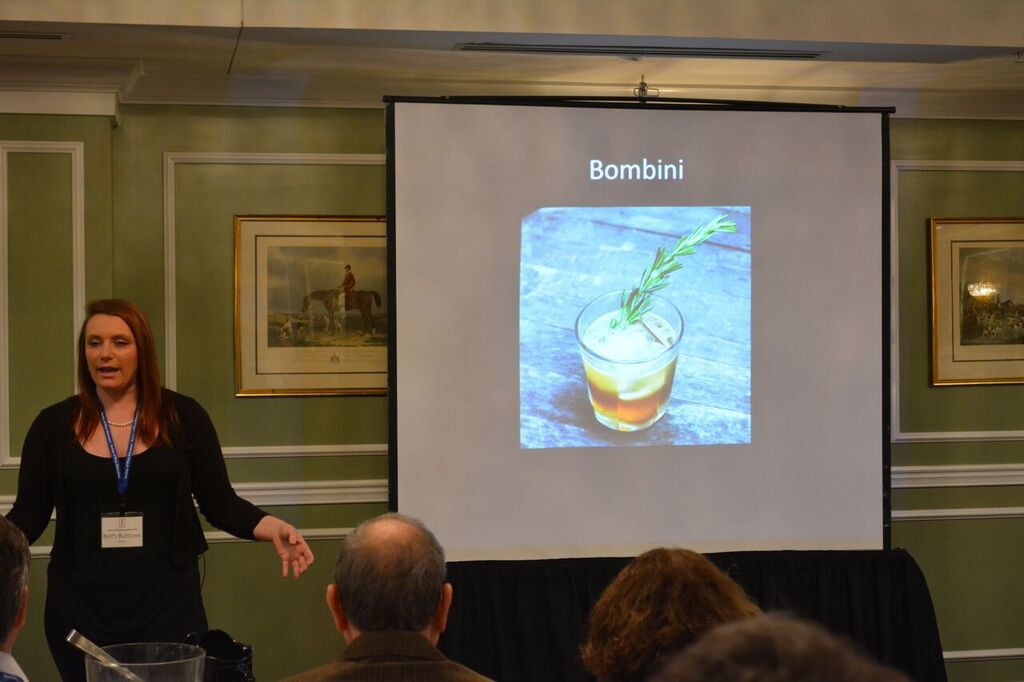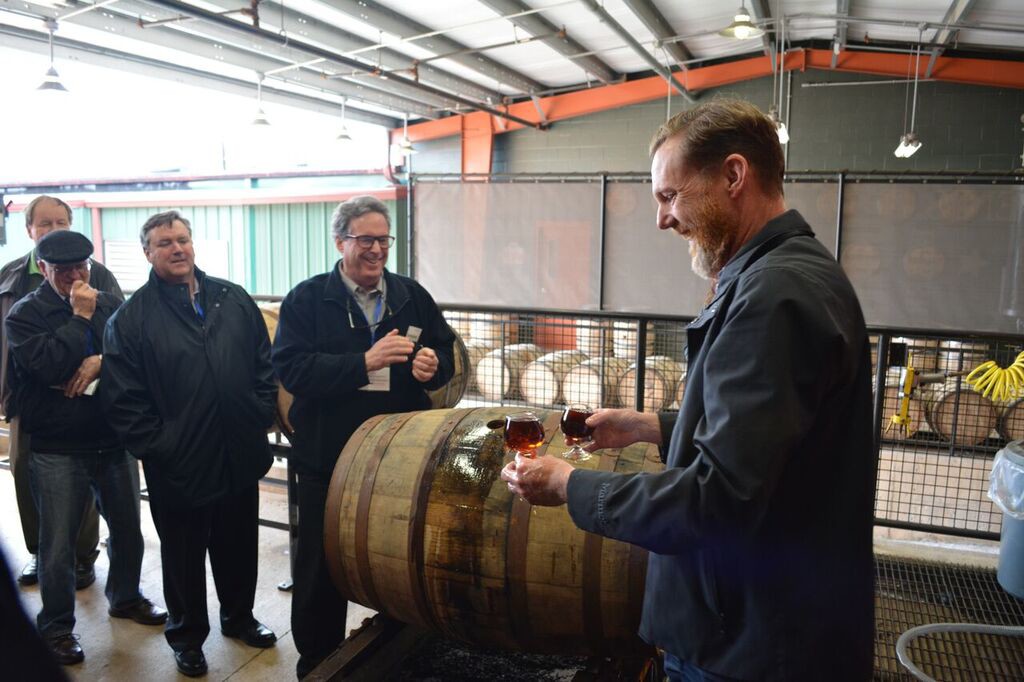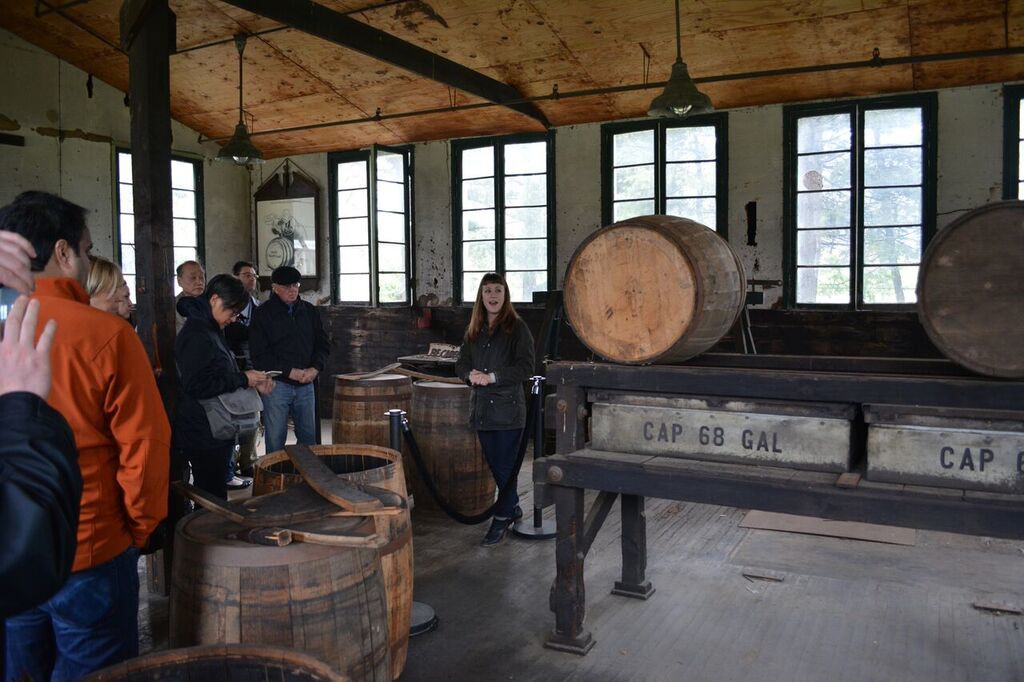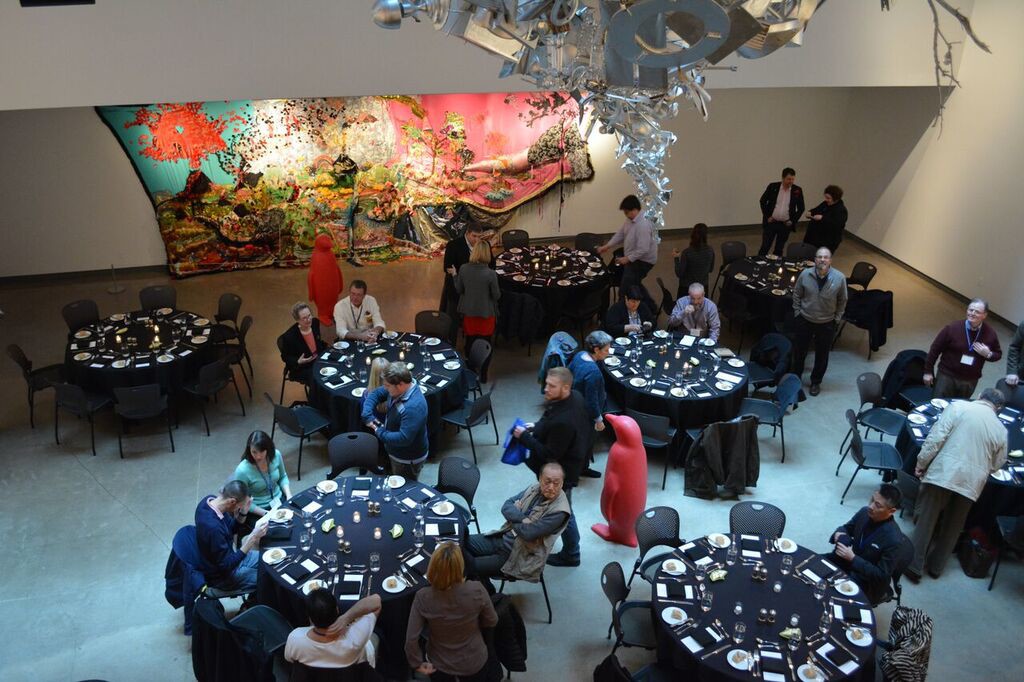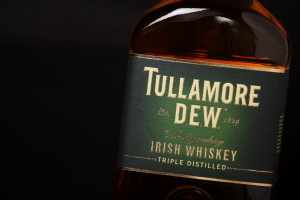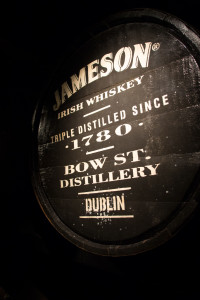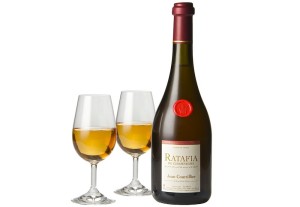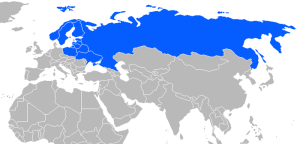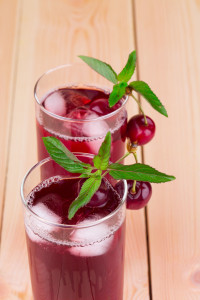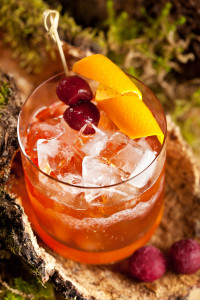During our 2015 conference in New Orleans, the Society of Wine Educators administered the first ever Certified Spirits Educator exam to a group of leading industry professionals. Six candidates successfully demonstrated superior theoretical knowledge through multiple choice and essay questions, tasting acumen through accurate blind identifications and rationales, presentation skills to a targeted audience, and proof of responsible beverage service. For more information on the rigors of this exam click here.
Please, meet and congratulate the first group of official Certified Spirits Educators!

.
Hoke Harden, CSW, CSE, B.N.I.C. Certified Cognac Educator, and French Wine Scholar – An enthusiastic lover of wine and spirits, Mr. Harden left a career in academia to follow his other muse for the last 27 years, trekking around the world to the great producing regions. Recently referred to as a veritable walking omnibus of wine and spirits knowledge, he has experienced every possible facet of the world of wine and spirits as a retailer, restaurateur, bartender, buyer, wholesaler, supplier, marketer, critic, writer, competition judge and an educator. He is currently with Elixir Vitae Wine & Spirits Consultants, a member of the Society of Wine Educators, Wine & Spirits Instructor at Mt. Hood Community College, and a Master Instructor with the French Wine Academy.
Hoke on the CSE Exam: The new Certified Spirits Educator program is a highly complex self-study program offered to professional spirits educators and industry professionals; the equivalent to the Society’s highly acclaimed Certified Wine Educator. Other programs dabble in spirits or include ancillary courses in the basics; the CSE focuses singularly on the world of spirits.

daubenmire, experts photos shoot, 2014
Linda Pettine, CWE, CSE – Linda Pettine is an Associate Professor for the College of Culinary Arts, Providence Campus, Johnson & Wales University. She has been at Johnson & Wales University since 2000, where she teaches in the Beverage & Dining Service Department. She was recognized for her teaching skills with the Beverage & Dining Services Department Service Award in 2001 and Teacher of the Year in 2007. With over 20 years of industry experience, Ms. Pettine operated and managed fine dining restaurants in the south suburbs of Boston before joining the faculty at Johnson & Wales. Prior to that, she was a sales associate at Branded Liquors in Westwood, Mass. Linda is an active member of the Society of Wine Educators, Women Chef’s & Restaurateurs, and the USBG. She is a Certified Wine Educator, Certified Specialist of Spirits, and a Certified Hospitality Educator. Pettine recently became a Certified Cognac Educator and is certified through the Ėcole du Vin as an international Bordeaux educator. She holds degrees from Massachusetts Bay Community College, North Adams State College, and Johnson & Wales University.
Linda on the CSE Exam: I am fortunate in my like that I have had the opportunity to pursue my passions, “wine and spirits”. The time and effort studying for the CSE exam was rigorous and demanding utilizing a variety of study techniques and tasting formats. However, when you are passionate about the subject, it seems less like work and more like a journey. I am thrilled to have arrived at my destination!
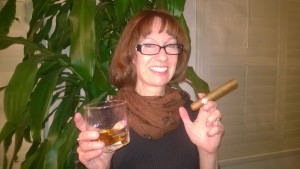
.
Lisa Graziano CSW, CSE – Lisa Graziano grew up with a German father and Irish-American mother in Los Angeles, California. An education in beer, wine and spirits came with this upbringing. She has pursued the study of wine and spirits seriously for the past eight years, earning both Certified Specialist of Wine and Spirits from the Society of Wine Educators, and currently works as a retail hand seller for Gallo Fine Wines and consults for Bottle Shop 33 in Denver. Her current passion is craft spirits and educating people about them – and she’s obviously great at it!
Lisa on the CSE Exam: The CSE exam was certainly challenging! I ate, slept, studied and tasted spirits intensely for three months to prepare. The SWE online Spirits Academy was a helpful tool in preparing for the exam as was the list of iconic spirits and suggested reading list.

.
Harriet Lembeck, CWE, CSE – Harriet Lembeck is a prominent wine and spirits educator and writer. She is President of the Wine & Spirits Program, headquartered in New York City, and was the Director of The New School Wine Classes for their 18-year duration. She has revised and updated the textbook “Grossman’s Guide to Wines, Beers, and Spirits”, is a favorite speaker on wine and spirits at SWE Conferences, and is a contributing editor to Beverage Dynamics Magazine.
Harriet on the CSE exam: I think that the Certified Spirits Credential is very important for those who teach spirits as well as wine, and for those who already have the Certified Wine Educator credential, it completes the picture. The test was very comprehensive. Multiple choice questions (not as easy as one might think), writing an essay, and then completing two differently-styled tastings made for a long day, but each element was necessary for a candidate to illustrate familiarity with the subject of spirits.

.
Ira Norof, CWE, CSE – In 1976 Ira’s wine & spirits career began in a retail wine shop. As his knowledge and passion for the product grew, he eventually became a Sommelier in a Beverly Hills Restaurant. In 1983, he was hired by Southern Wine & Spirits of California, and in 1996 he was named the Director of Education. His illustrious career has taken him to visit most of the major wine regions in Europe and the Americas. He attained the CWE (Certified Wine Educator credential) in 1999. He holds a diploma from the Bordeaux Wine School and is a certified International Bordeaux Educator, as well as a certified Cognac Educator as ordained by le Bureau National Interprofessionnel du Cognac. He is a guest lecturer at Cal Poly Pomona’s School of Hospitality each semester. Ira served as the President of the Society of Wine Educators from 2010 – 2013 and has been on the Board of Directors of the Los Angeles Chapter of the AIWF and was a member of the Bon Appetit Tasting Panel. Ira remains actively involved in many wine-related charity events throughout the country.
Ira on the CSE exam: I am privileged to have been part of the first CSE exam and will continue to mentor within our California organization on both wine and spirits education. We have over 200 CSW and/or CSS certified employees in the state as well as 4 CWEs. I look forward to help increase those numbers in the coming months.

.
Jane A. Nickles, CWE, CSE, MBA – “Miss Jane” is the Director of Education for the Society of Wine Educators and in charge of all educational materials such as study guides, workbooks and online courses as well as exams and certification instruments. In the past two years, she has introduced SWEbinars, ebooks, online prep classes, our blog, and computer-based testing to SWE. Before working for SWE, she created and taught wine classes for 20 years at Le Cordon Bleu Colleges, was the 2012 Banfi award winner for best score on the CWE exam, won the 2008 WOSA wine essay award (the prize for which was a 2-week tour of the winelands of South Africa), and has published countless textbooks and journals, including the latest editions of the SWE Study Guides.
Miss Jane on the CSE exam: Over the past few years, the CSS program has grown rapidly, and we have received an increasing number of requests for more in-depth programs and a higher level certification in spirits. One could even say the CSE was created due to popular demand!
Congratulations to our new CSEs! Now…who will be next?
